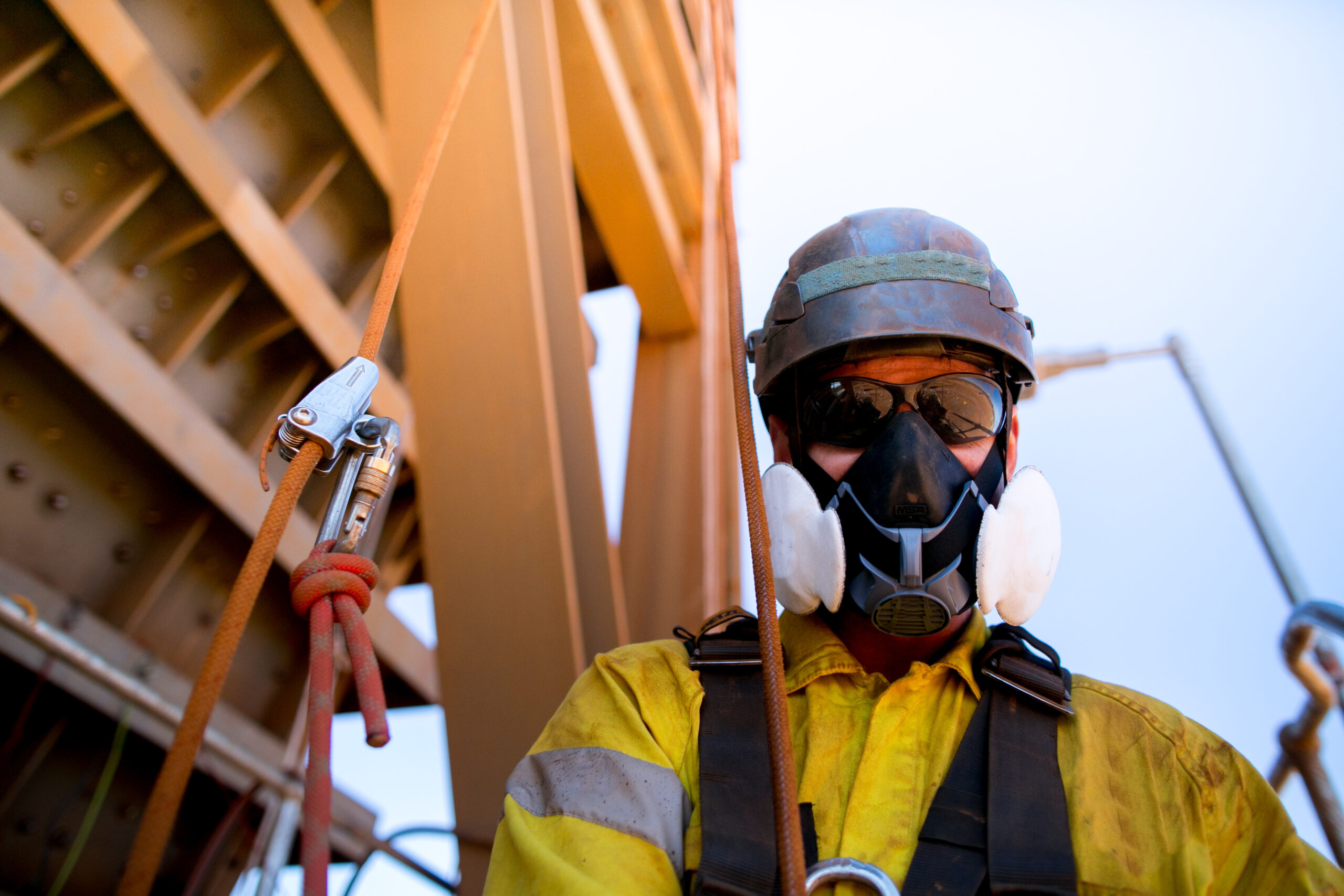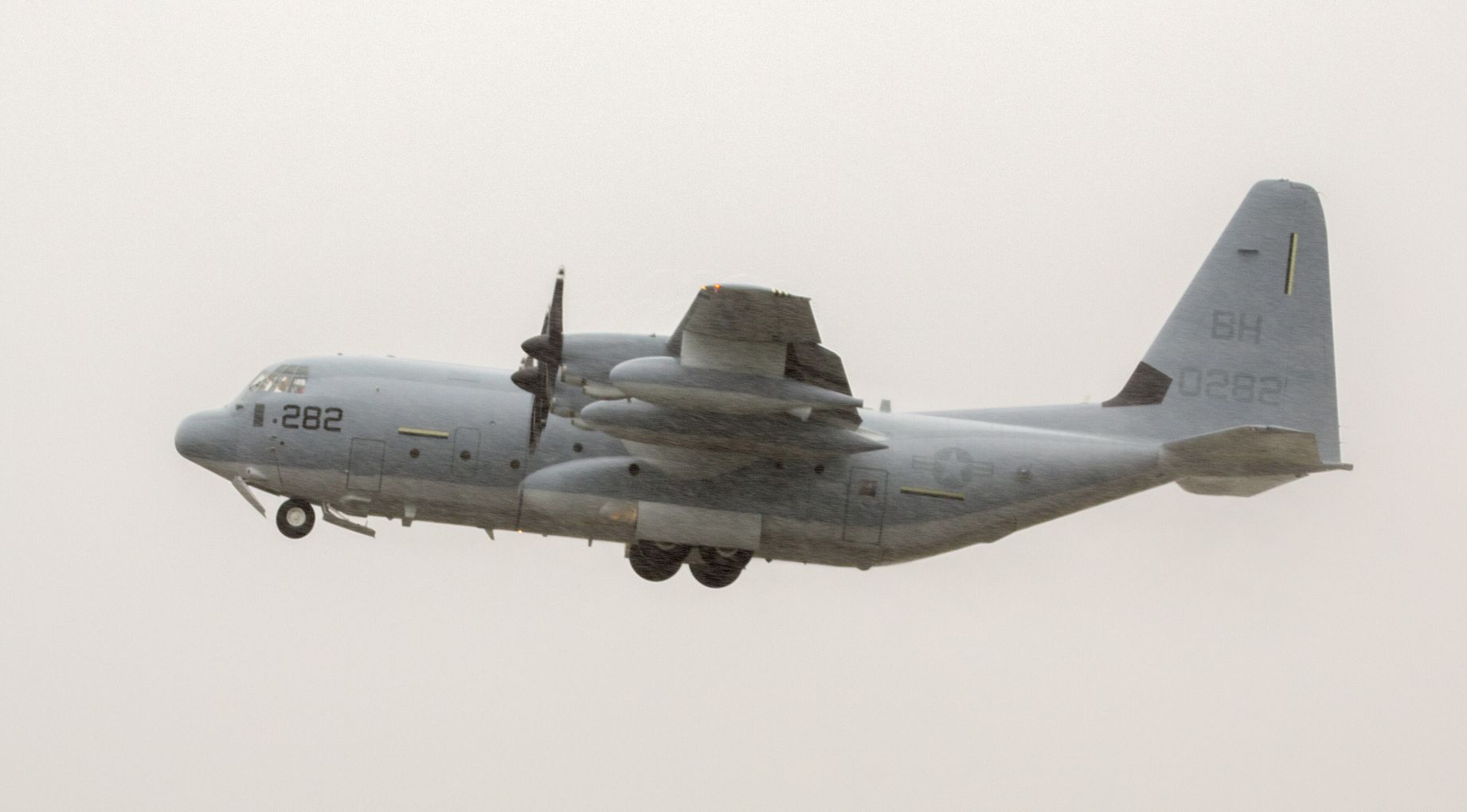Welding Safety: The Importance of Good Ventilation

Proper ventilation is crucial in maintaining a safe welding environment. Welding processes often produce hazardous fumes and gases, which, if not adequately managed, can pose serious health risks to workers. These contaminants can lead to respiratory problems, lung damage, and other chronic health issues. Effective ventilation practices mitigate these hazards, removing airborne toxins and supplying clean air to the workspace.
Let’s look at the importance of good ventilation and welding safety tips to keep in mind.
Why Is Good Ventilation Important?
As mentioned, welding processes produce fumes and gases that can be harmful to workers. These contaminants can come from various sources, including the filler material, base metal, and coatings on the metals undergoing welding. Additionally, factors such as welding technique, electrode type, and voltage settings can also affect the amount and type of fumes produced.
Without proper ventilation, these hazardous substances can accumulate in the air and reach dangerous levels. The lack of fresh air circulation can also lead to poor oxygen levels in the workspace, making it challenging for workers to breathe properly. Overexposure to these toxins can result in both short-term and long-term health effects, which is why good ventilation is essential for welding safety.
How Does Ventilation Work?
Ventilation systems remove contaminated air from the workspace and replace it with clean, fresh air. There are two types of ventilation that are common in welding: local exhaust ventilation (LEV) and general dilution ventilation.
- Local exhaust ventilation (LEV): This type of ventilation removes fumes and gases at the source before they spread into the workspace. It uses specially designed hoods or suction devices placed close to where the welding takes place. These devices draw the contaminated air away and into a filtration or exhaust system, preventing workers’ exposure to harmful substances.
- General dilution ventilation: This type of ventilation involves adding fresh air to the workspace through ventilation fans or windows. The clean air dilutes any contaminants present in the environment and reduces their concentration levels. General dilution ventilation is suitable for larger work areas where it may not be possible to install LEV systems.
Both types of ventilation can work together to provide optimal protection for workers.
Welding Safety Tips for Good Ventilation
In addition to knowing that you need a proper ventilation system in place, you should also heed these welding safety tips:
- Always make sure that your workspace has adequate ventilation before beginning any welding work.
- Avoid welding in confined spaces without proper ventilation systems in place.
- If using LEV, ensure the correct positioning of the hood or suction device. It needs to be close to the welding source.
- Regularly check and maintain your ventilation system to ensure it’s functioning properly.
- Wear appropriate personal protective equipment (PPE), including a respirator, when working with hazardous fumes and gases.
- Implement a comprehensive training program for all workers on the importance of good ventilation and how to use ventilation systems correctly.
- Monitor air quality regularly to ensure good ventilation throughout the welding process.
Proper ventilation is crucial for welding safety. It helps remove hazardous fumes and gases from the workspace, reducing the risk of health issues for workers. Whether you’re a beginner welder avoiding mistakes or have years of experience, always prioritize good ventilation practices to protect yourself and those around you. Remember that it’s better to be safe than sorry when it comes to your health.





